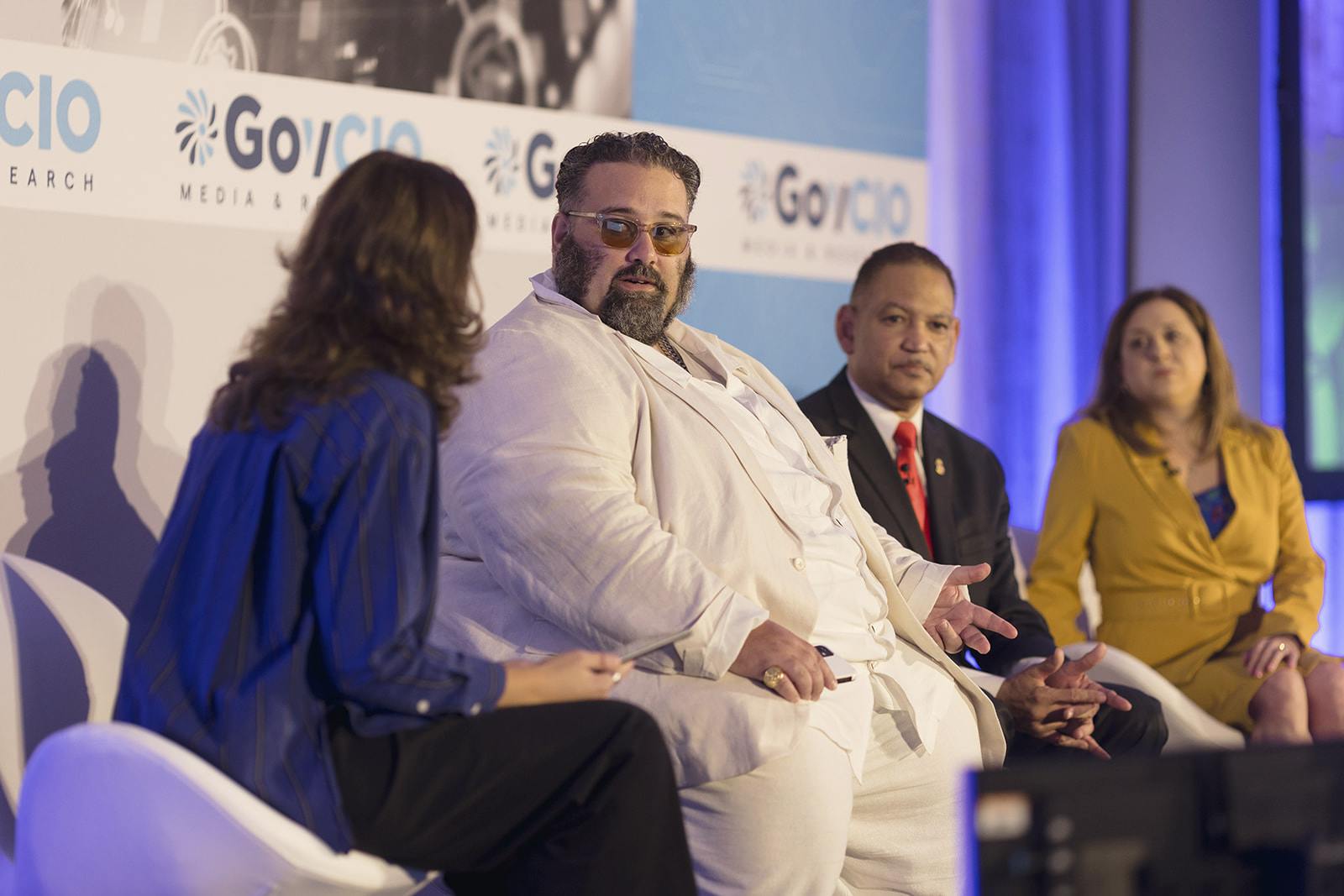Inside NOAA’s Plan to Digitize Acquisitions and Grants Records by 2022
NOAA is pushing ahead in digitization efforts to meet OMB M-19-21 electronic records requirements.

The National Oceanic and Atmospheric Administration has made progress in moving its acquisition and grants records to an electronic environment to meet the Office of Management and Budget’s M-19-21 memorandum.
Issued in June 2019, OMB’s memo calls on all “federal agencies to transition recordkeeping to a fully electronic environment that complies with all records management laws and regulations.” Agencies should ensure that all of their records are created, retained and managed in electronic formats with “appropriate metadata,” and that those records are consistent with records management laws and regulation, the memo continued.
All agencies are to transition to electronic records storage and management by Dec. 31, 2022. With that deadline in mind, document-heavy agencies like NOAA have progressed in various areas to digitize their records, emphasizing close communication with the workforce to create a user-friendly electronic record interface and working with contractors to push their initiatives forward, said Senior Advisor Edward Horton.
The agency started the initiative by transferring the NOAA Acquisition and Grants Office’s records to an electronic format, said Horton at Wednesday’s FCW Electronic Record event. With a large quantity of paper files stored on site across five sites in Maryland, Virginia, Kansas, Colorado and Washington, digitizing this department would see significant cost savings and would free up office space to clear out physical paper records.
Since last August, Horton emphasized that he worked closely with office directors to bring awareness to changes that would come with the transfer to electronic recordkeeping and what directors’ roles were in managing those records in the future. He said that this step was important to make the transition seamless and user-friendly.
“I also started these education sessions focusing on the basics because my assumption was, and it seemed to be correct, that our directors really weren’t aware of requirements that are placed upon them and things that are going to come down the road,” Horton said. “This is a really large change management initiative, so you need continual communication with the workforce, also with the leaders and managers.”
When Horton started looking at the various contracts the Acquisition and Grants Office had in its system, he formed four categories for those contracts — whether to close, store, destroy or digitize the contracts based on their awaited closures — and presented them to the directors to ensure their records were all properly categorized.
Horton said that his work over the next 18 months to two years will be to categorize the office’s contracts and manage funds accordingly. Moving forward, Horton’s team is working on a deeper level to provide guidance for the workforce across the Acquisition and Grants Office to keep them up to date on approaching changes and responsibilities.
“We also are in the process of developing a guidance memo for the entire organization, explaining the purpose, the process, along with key dates and milestones, and we will highlight responsibilities to the extent that we can,” Horton said. “We also created a very small team of four personnel that are going to start working out determining the volume and the amount of files by category … in each of the five locations.”
Horton’s team will go to each of the five sites, triage the files to develop an accurate baseline, and develop a plan to directly record and destroy a percentage of contracts that are eligible for destruction. Horton will report the progress of this process quarterly.
As Horton’s team identifies which contracts to destroy and starts to build up the Acquisition and Grants Office’s electronic record, the office will turn to a “third-party” organization or member of industry to acquire digitization hardware and to help train the workforce in the respective paper to electronic records management.
In the meantime, Horton is working with paper contract managers at the office sites to see how to manage paper contracts on site, such as by digitizing contracts they want to keep on NOAA’s Microsoft SharePoint application, and how managers want to handle contracts that expire between 2025 and 2027.
To further meet OMB requirements, Horton is working with the National Archives and Records Administration to develop a digitization strategy. Horton said he also wants to create internal procedures on how NOAA will send permanent records to NARA, as well as when those deadlines will be and who will be responsible for sending the records.
This is a carousel with manually rotating slides. Use Next and Previous buttons to navigate or jump to a slide with the slide dots
-

Doing More with Less is Muscle Memory for IRS, Former Deputy CIO Says
Darnita Trower discusses her experience, the legacy she’s left behind and how she pushed the IRS to modernize itself,
20m watch -

VA CIO Targets Modern IT and Smarter Workforce Alignment
Agency leaders told lawmakers they are focused on trimming legacy systems and restructuring its workforce to streamline operations.
3m read -

Fed Efficiency Drive Includes Code-Sharing Law, Metahumans
By reusing existing code instead of rewriting it, agencies could dramatically cut costs under the soon-to-be-enacted SHARE IT Act.
5m read -

IRS Makes Direct File Code Public as Lawmakers Debate Program’s Fate
The agency sees the Direct File source code as beneficial to government digital services despite what happens with it in proposed budgets.
5m read -

Federal Agencies Tout Tech in President Trump’s First 100 Days
Defense modernization and health care restructuring landed among some of the key IT highlights within the president's first few months.
6m read -

Acting TMF Executive Director Eyes AI to Drive Efficiency
Acting TMF Executive Director Jessie Posilkin looks to AI to modernize government's IT infrastructure and improve efficiency.
5m read -

Federal IT Efficiency Summit
The Efficiency Summit is a must-attend for agency decision-makers looking to streamline IT modernization efforts that save taxpayers money.
Hyatt Regency Tysons Corner Center | 7901 Tysons One Pl, Tysons, VA 22102 -

VA Restructures Workforce to Cut Costs, Increase Efficiency
The agency is restructuring its workforce to streamline operations, invest in technology and improve veteran services.
4m read -

Trump Names Gregory Barbaccia New Federal CIO
Army veteran and former Palantir head takes over as federal CIO and will oversee government's $70+ billion IT budget.
2m read -

New Year, New Administration: What's Next for VA in 2025
VA sets its sights on modernizing its EHR, advancing interoperability and adopting emerging tech amid the presidential transition.
4m read -

RICE is a Key Ingredient of DOT’s IT Modernization
DOT's recently launched RICE platform streamlines application development to improve efficiency, security and public-facing services.
5m read -

How Marines' Project Dynamis is Supporting CJADC2 Data Effort
Col. Jason Quinter delves into the origins of Project Dynamis and how the program builds upon the Pentagon's larger strategy.
5m read
















